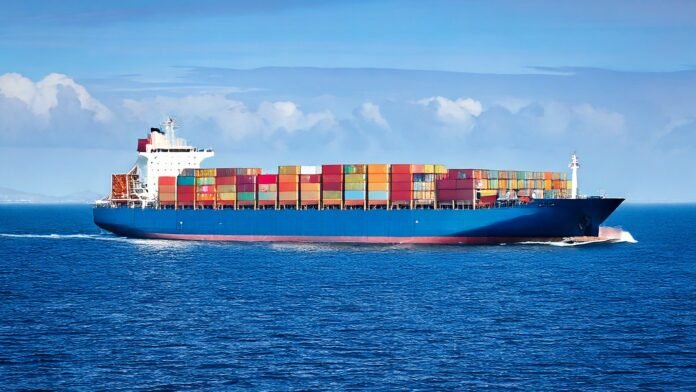India’s exports grew 5.2 % year‑on‑year to $346.1 billion in the first five months of 2025, up from $329 billion in the same period last year. The jump comes even as global markets stay volatile, showing how India’s trade is getting stronger, more varied and more resilient.
For 2024, India’s goods and services combined to grow 7.1 % – well above the world average of 2.5 %. The country’s exports now account for 21.2 % of GDP, compared with 19.8 % in 2015, underscoring their growing importance to the economy. In August, exports rose 4.8 % from a year earlier, with merchandise and services contributing 53 % and 47 % respectively.
With momentum building, the Indian government has set an ambitious target of $1 trillion in exports for fiscal year 2025‑26. The growth is driven by a mix of smart policies, technology upgrades, and the hard‑working spirit of Indian exporters – all pushing the Atmanirbhar Bharat vision onto the global stage.
Merchandise exports hit $183.7 billion in Apr‑Aug 2025, up 2.3 % year‑on‑year. Non‑petroleum and non‑gems exports leapt 7.8 % to $146.7 billion, reflecting strength in engineering goods, electronics, chemicals and pharmaceuticals.
Electronics led the boom: exports of electronic goods jumped 40.6 %, adding $5.5 billion. Production‑Linked Incentive (PLI) and Make‑in‑India schemes have turned India into a net exporter of smartphones. In the first five months of FY26, smartphone exports exceeded ₹1 lakh crore – a 55 % rise over the previous year.
Engineering goods also rose 5.9 % to $49.2 billion. Key buyers include the US, UAE and Germany, purchasing everything from industrial machinery to ATMs. Schemes like Export Promotion Capital Goods (EPCG) and Market Access Initiative (MAI) keep India competitive.
The pharmaceutical sector grew 7.3 % to $12.8 billion, driven by India’s reputation for affordable generics and specialty drugs. New regulations – UCPMP 2024 and the National Medical Devices Policy 2023 – boost compliance and open new markets, especially in the US, Brazil and France.
Textiles and apparel saw a 5.8 % rise to $6.8 billion, confirming India’s position as the world’s sixth‑largest textile exporter. Labour‑intensive but value‑added, the sector remains a key export pillar.
In agriculture, exports of “other cereals” – barley, quinoa and oats – surged 22 % year‑on‑year, riding the global health and sustainability wave. Buyers include Nepal, Sri Lanka and the UAE. Programs like the Agriculture Export Policy and APEDA’s market development drives have helped expand India’s agri‑export reach.
Tea exports climbed 18.2 %, with India overtaking Sri Lanka as the world’s second‑largest tea exporter in 2024. Classic varieties such as Assam and Darjeeling continue to dominate markets in the UAE, Iraq and the United States.
Overall, India’s export story is one of diversification and dynamism: from high‑tech electronics and pharma to textiles and healthy foods, the country’s trade is expanding, modernising and proving itself a formidable player on the global stage.
Source: ianslive
Stay informed on all the latest news, real-time breaking news updates, and follow all the important headlines in world News on Latest NewsX. Follow us on social media Facebook, Twitter(X), Gettr and subscribe our Youtube Channel.



